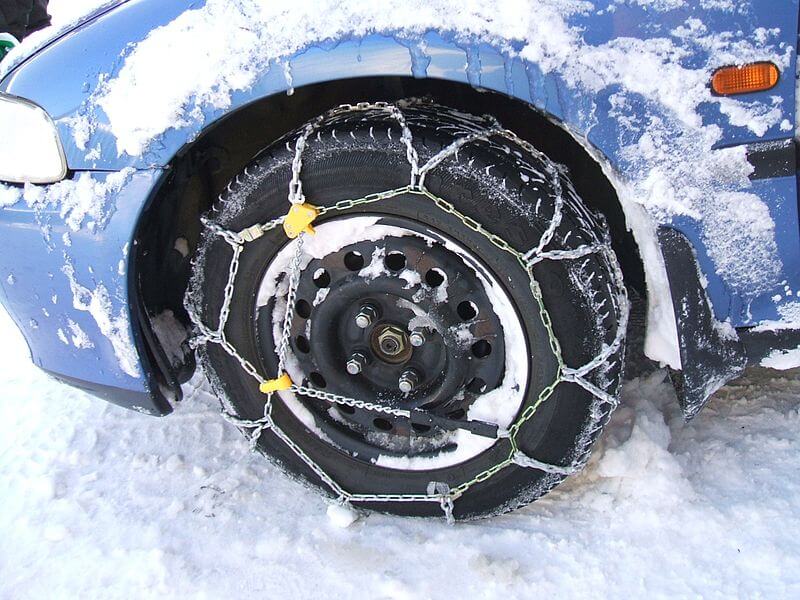Your vehicle owner’s manual may not sound like interesting reading material, but taking some time to review this information can potentially save you time and money. These manuals, which are commonly stored in glove compartments and are often available on manufacturers’ websites, contain important information and instructions regarding your vehicle’s maintenance and service needs. Following these maintenance and service guidelines will help to ensure the longevity and reliability of your vehicle.
Here are the top 5 reasons you should read your owner’s manual:
1. Maintenance Schedule
Maintaining your vehicle is important. Educate yourself on what services your vehicle needs and when they are recommended (e.g., at 30,000 miles, 60,000 miles, etc.). If your mechanic recommends that your vehicle be serviced, ask why the service is needed and if it is recommended by the manufacturer. If you are still unsure why a service is required or how it will benefit your vehicle, don’t feel pressured to agree to the service until you can do some research. Additionally, be sure to keep good records of all services done on your vehicle. Many manuals include helpful logs to record your service history and repair information.
2. Fluid Requirements
In addition to knowing how often to service your vehicle, it’s also a good idea to know what types of fluids your vehicle requires and when they should be changed. Not following your vehicle’s fluid requirements may cause harm to your vehicle and can void its warranty.
3. Setup Helpful Reminders
It can be difficult to remember when your vehicle’s oil needs to be changed or when to rotate the tires. Learn how to take advantage of your vehicle’s reminder system. These easy to use systems are included in many new vehicles and can help you stay up-to-date on important maintenance services.
4. Interpreting Warning Indicator Lights
Warning lights vary from vehicle to vehicle and are not always self-explanatory. Refer to your owner’s manual to interpret any warning light that may appear on your vehicle’s control panel. If the light stays illuminated or begins to blink or flash, seek the assistance of a registered repair shop as soon as possible to limit damage to your vehicle and avoid costly repairs.
5. Warranty Information
Before agreeing to any repairs on your vehicle, consult your owner’s manual for any parts or repairs that may be covered under your vehicle’s warranty. Also, pay close attention to any products that are not recommended by the manufacturer and any services that may void your warranty if performed.

